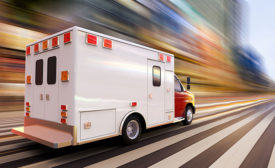Danny Shields
Danny Shields is the VP of Industry Relations for Avetta. He is a Certified Safety Professional (CSP) with more than 18 years of both field and management level experience across multiple industry verticals.
ARTICLES
Planning for the worst
Why every employer should know how to handle a workplace fatality
May 28, 2020
Never miss the latest news and trends driving the safety industry
eNewsletter | Website | eMagazine
JOIN TODAYCopyright ©2024. All Rights Reserved BNP Media.
Design, CMS, Hosting & Web Development :: ePublishing


